That comfortable piece of furniture you sink into every evening after a long day might be harboring more than just lost remote controls and loose change. Your beloved sofa could be serving as a five-star resort for a surprising variety of tiny creatures, offering everything from cozy sleeping quarters to an all-you-can-eat buffet. While most people focus on the obvious suspects like dust mites, the reality is far more complex and fascinating than you might imagine. The microscopic and not-so-microscopic world thriving in your living room furniture represents an entire ecosystem that most homeowners never consider.
The Hidden Ecosystem Living in Your Cushions
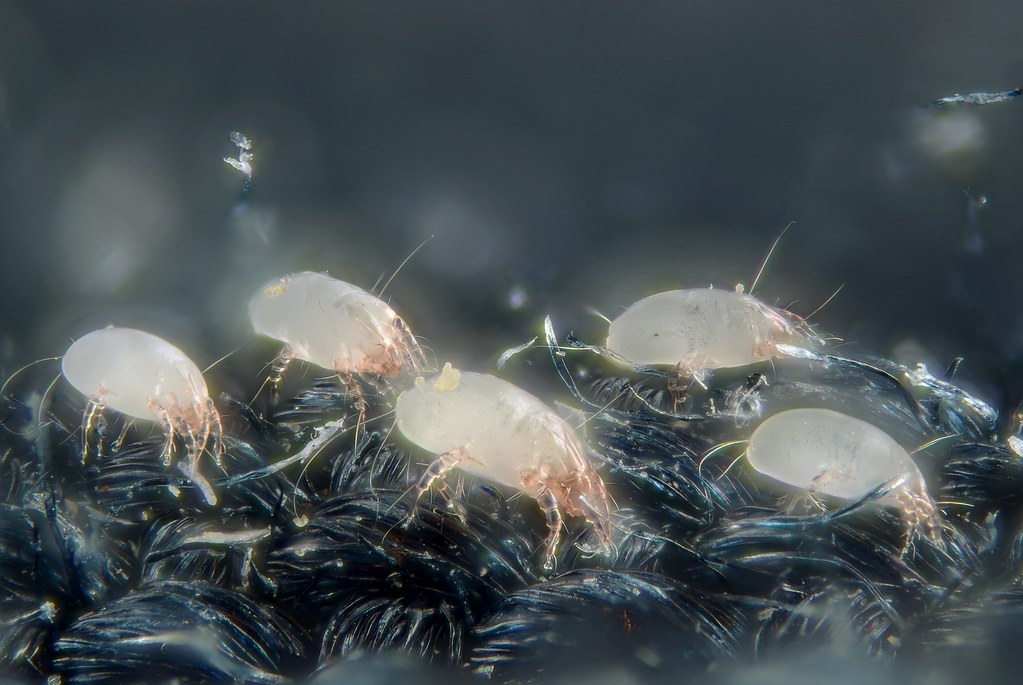
Your sofa isn’t just furniture – it’s a thriving metropolis for countless microscopic residents. Every time you sit down, you’re essentially entering a bustling city where dust mites, bacteria, and various other microorganisms call home. These tiny inhabitants have transformed your couch into their personal paradise, complete with food sources, shelter, and ideal breeding conditions.
The average sofa can host millions of dust mites alone, creatures so small that 40,000 of them could fit comfortably on a single postage stamp. These microscopic arachnids feast on the dead skin cells you shed daily, which accumulate in the fabric fibers and cushion crevices. What makes this even more remarkable is that these creatures have evolved specifically to thrive in indoor environments, making your sofa their perfect evolutionary niche.
Temperature Control Creates the Perfect Environment
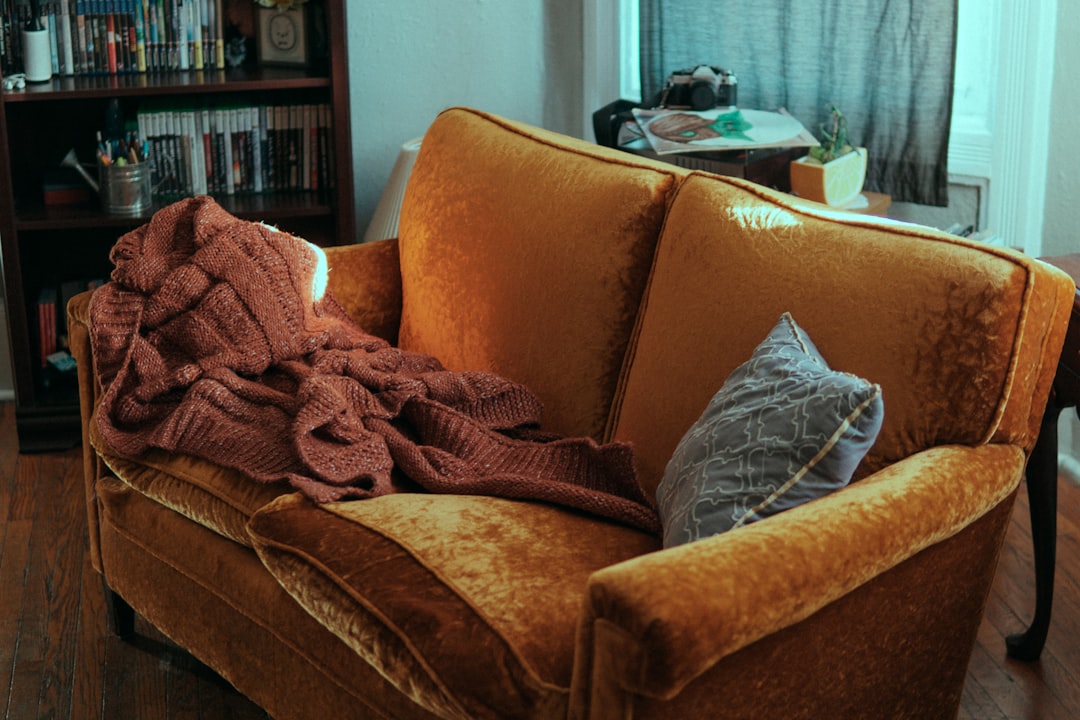
Your living room’s consistent temperature makes it an ideal habitat for various insects and arthropods. Unlike outdoor environments where temperatures fluctuate dramatically, your sofa maintains a steady climate that many creatures find irresistible. The combination of your body heat when you’re sitting and the ambient room temperature creates microclimates within the cushions that different species prefer.
Carpet beetles, for instance, thrive in temperatures between 68-75°F, which happens to be the exact range most people keep their homes. These small, oval-shaped insects can live their entire lifecycle within your sofa, munching on natural fibers and organic debris. The temperature stability allows them to reproduce year-round, unlike their outdoor counterparts who must deal with seasonal changes.
Moisture Levels That Make Bugs Feel at Home
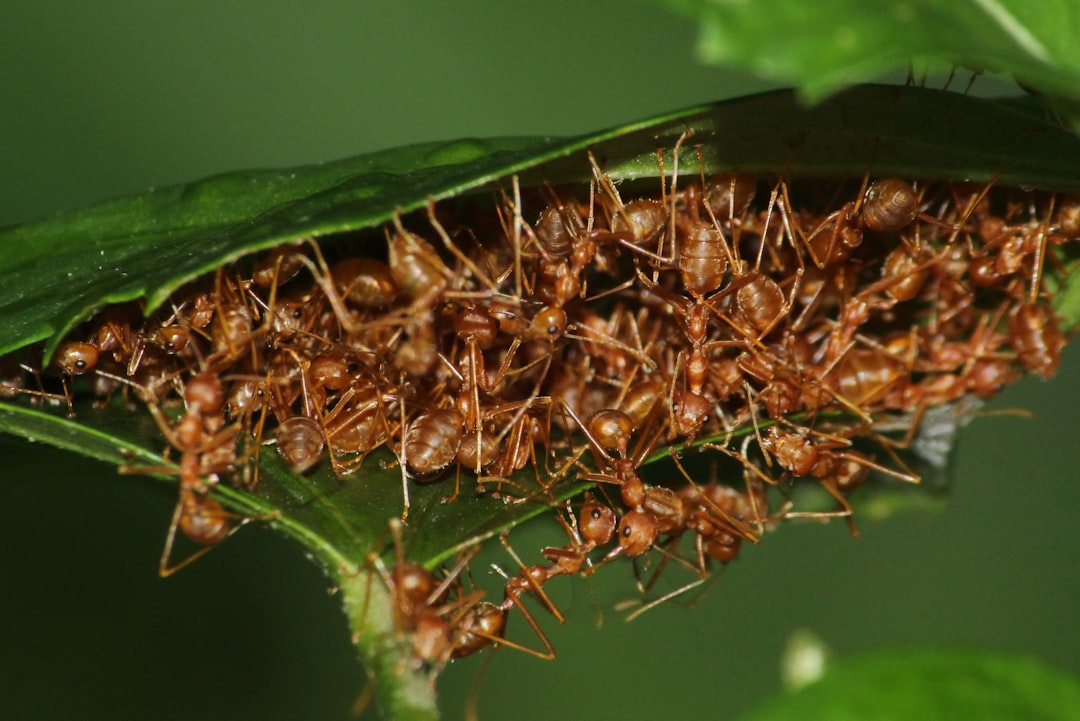
The humidity levels around your sofa create another crucial factor in bug attraction. Every time you breathe, sweat, or spill something, you’re adding moisture to the environment. This humidity gets trapped in the fabric and cushions, creating the perfect conditions for various species to flourish.
Booklice, tiny insects that love starchy materials, particularly enjoy the slightly humid environment that sofas provide. These creatures, despite their name, don’t actually eat books but feed on mold and fungi that grow in humid conditions. Your sofa’s ability to retain moisture makes it an ideal breeding ground for the microorganisms that booklice depend on for survival.
Food Sources You Never Knew Existed
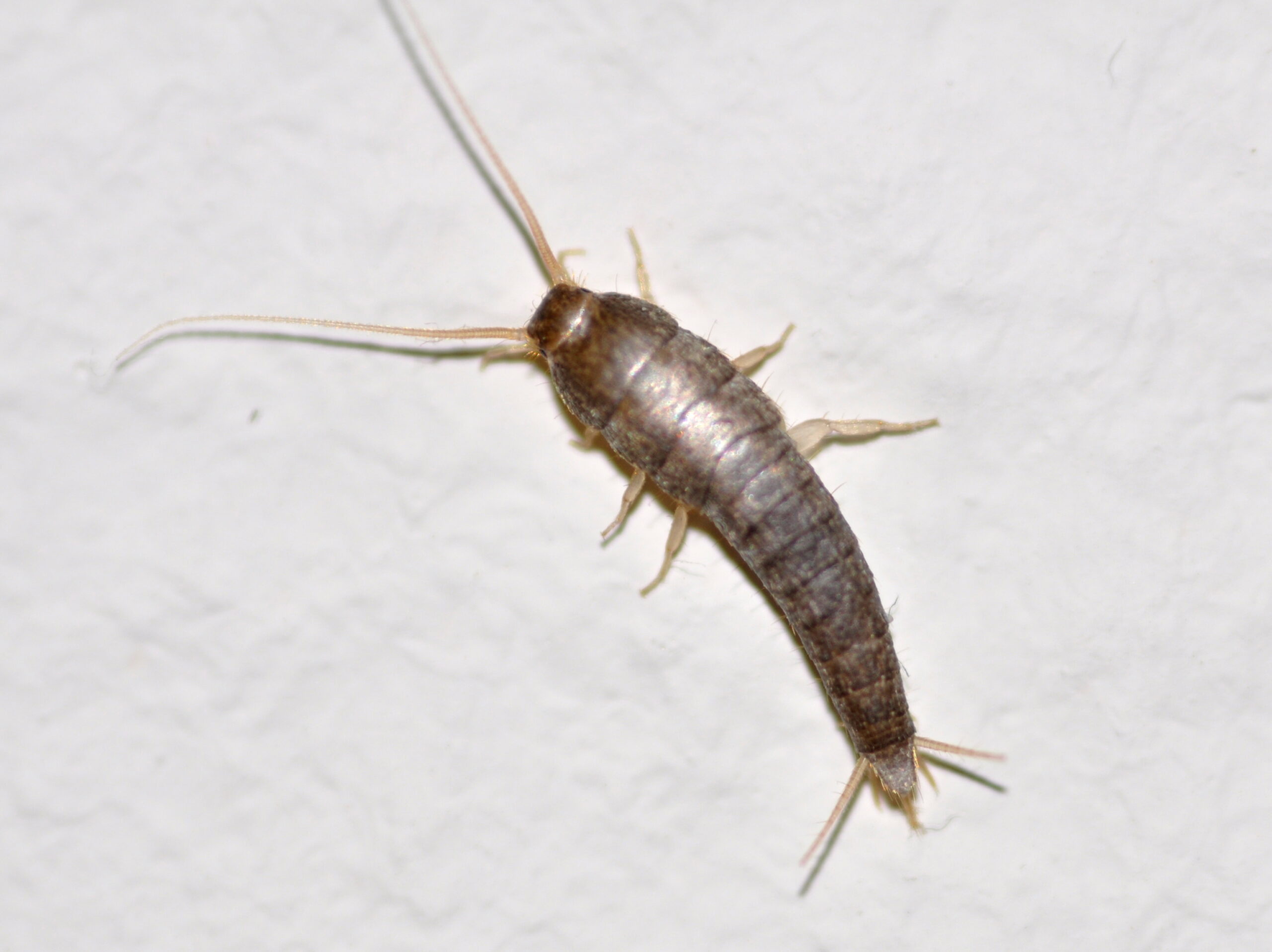
What seems like an unlikely food source to humans represents a veritable feast for many insects. The organic matter that accumulates in your sofa includes dead skin cells, hair, food crumbs, pet dander, and even microscopic particles from plants and outdoor debris that get tracked inside. This diverse menu attracts a wide variety of creatures with different dietary preferences.
Silverfish, those quick-moving, metallic-looking insects, are particularly drawn to the protein-rich environment that sofas provide. They feed on keratin found in human hair and skin, as well as the natural starches in certain fabric treatments. The constant supply of these materials makes your sofa an all-you-can-eat buffet that operates 24/7.
Fabric Types That Attract Different Species
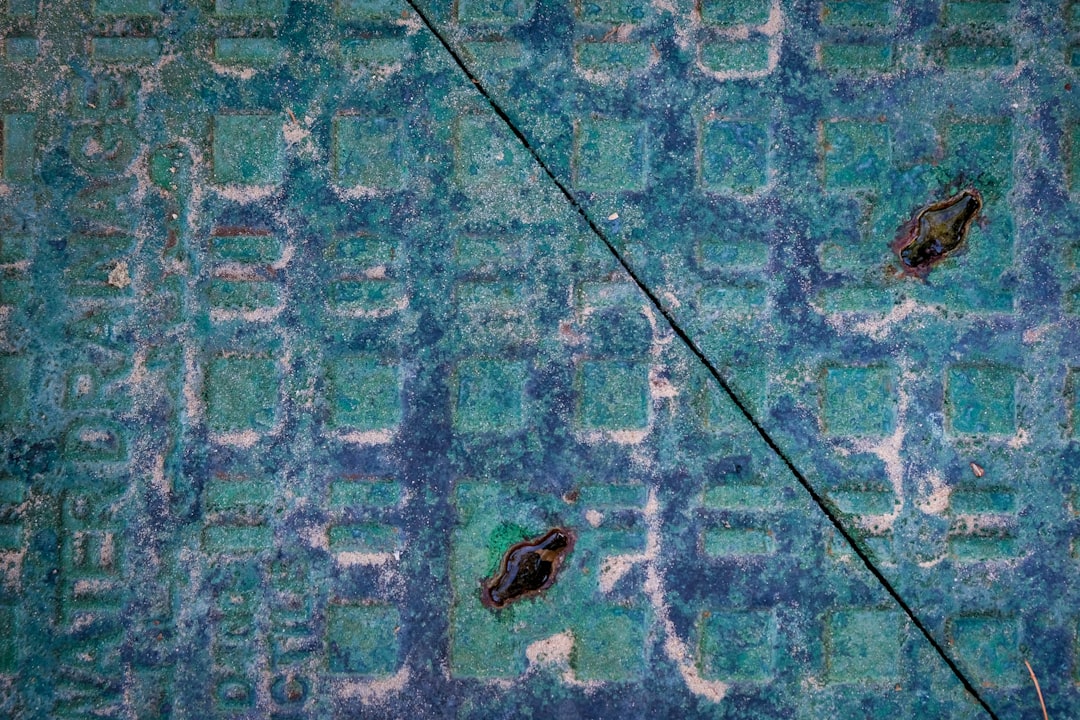
The material composition of your sofa plays a crucial role in determining which creatures will call it home. Natural fibers like cotton, wool, and linen are particularly attractive to fabric-eating insects, while synthetic materials present their own unique appeal to different species. Each fiber type creates distinct microenvironments that cater to specific insect preferences.
Clothes moths, for example, are particularly drawn to wool and natural fiber blends. Their larvae can cause significant damage to these materials while using them as both food and shelter. Leather sofas, on the other hand, attract leather beetles and other insects that have evolved to digest tough animal proteins. Even synthetic fabrics aren’t immune – they can harbor static-loving insects and provide shelter for species that feed on the organic debris that accumulates within them.
The Role of Pet Hair and Dander
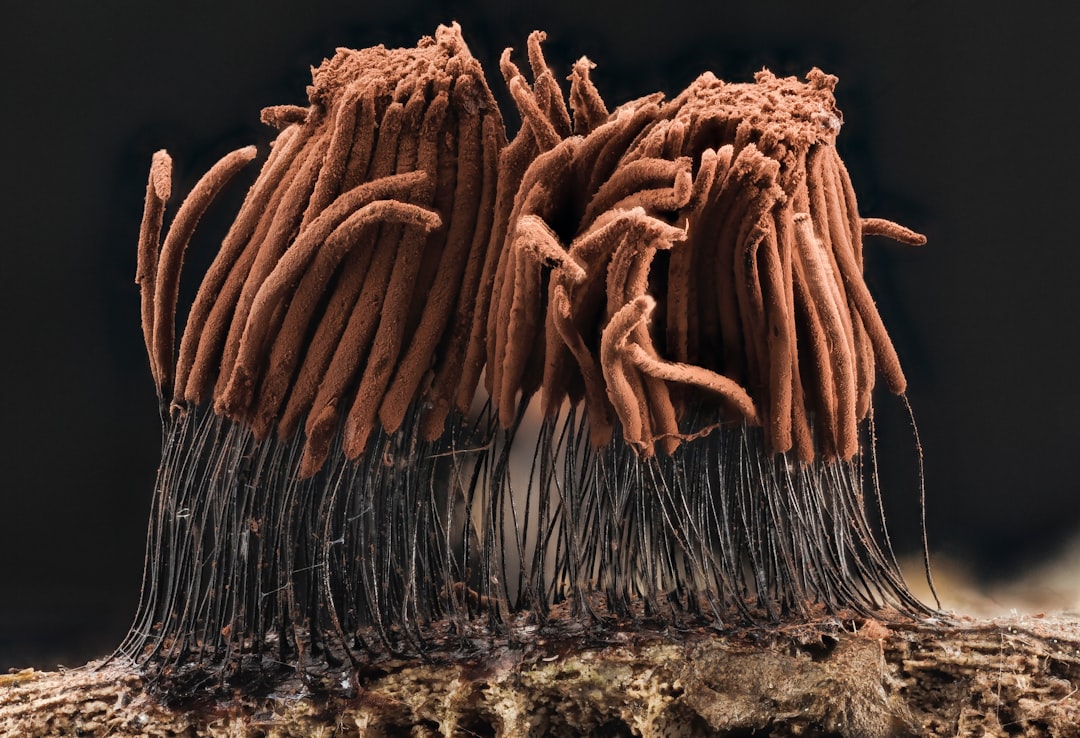
If you share your home with furry friends, your sofa becomes even more attractive to various insect species. Pet hair and dander provide additional food sources and nesting materials that many bugs find irresistible. The proteins in pet dander are particularly nutritious for certain insects, while pet hair can serve as building material for nests and cocoons.
Fleas represent the most obvious concern, but they’re just the tip of the iceberg. Dermestid beetles, which specialize in consuming animal proteins, find pet hair and dander particularly appealing. These beetles can live their entire lifecycle within your sofa, feeding on organic debris and potentially causing damage to the furniture itself. The presence of pets essentially transforms your sofa into a premium dining establishment for protein-seeking insects.
Seasonal Migrations Into Your Living Room
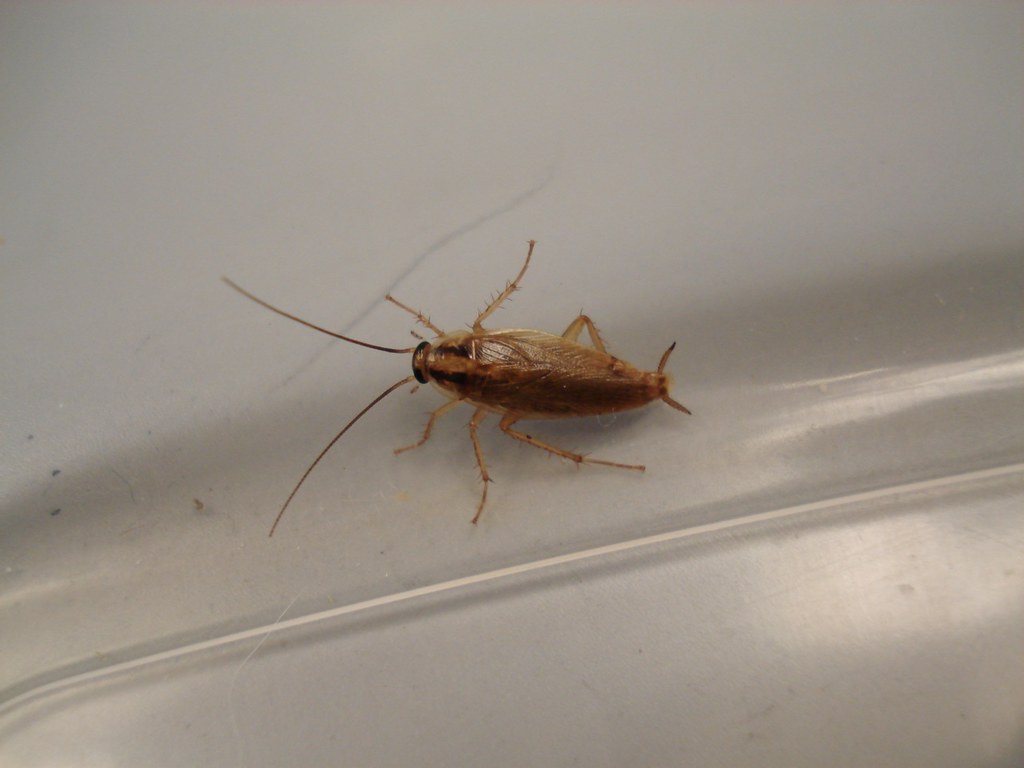
As outdoor temperatures change throughout the year, many insects seek shelter indoors, and your sofa often becomes their final destination. During colder months, beetles, spiders, and other arthropods migrate indoors seeking warmth and food sources. Your comfortable sofa provides both in abundance, making it an ideal winter refuge.
Stink bugs are notorious for this behavior, gathering in large numbers during fall and seeking warm places to overwinter. While they might not necessarily live in your sofa, they often use it as a resting place during their indoor stay. Similarly, Asian lady beetles and boxelder bugs follow similar patterns, using furniture as temporary shelters during their seasonal migrations.
The Attraction of Crumbs and Spills
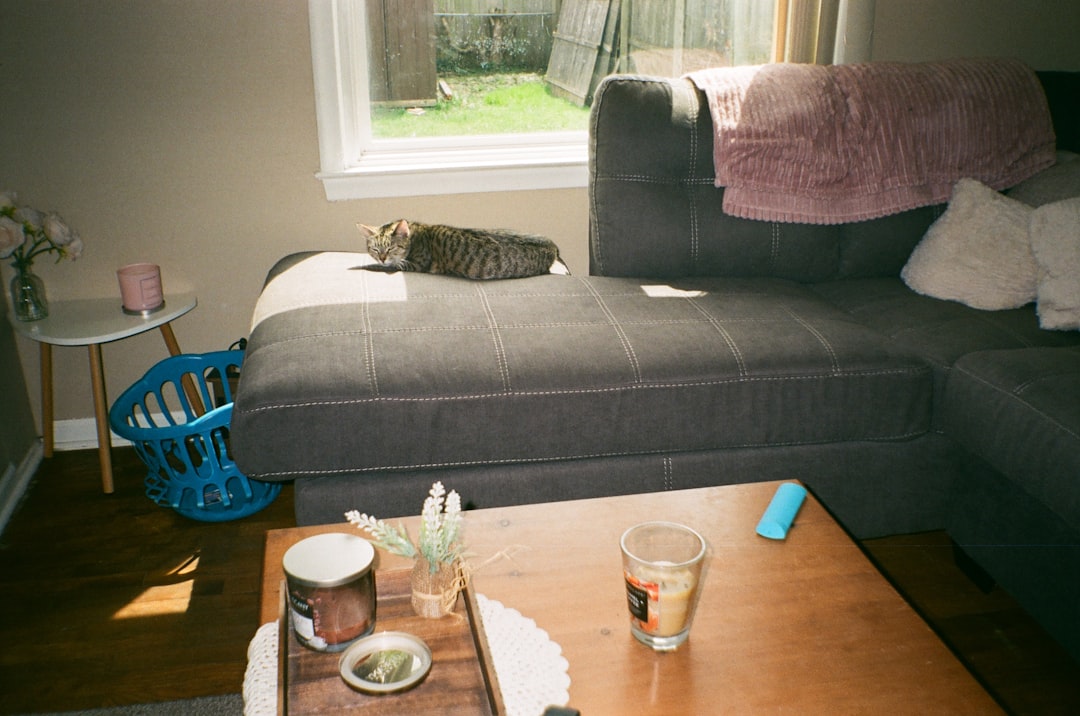
Every snack eaten on the sofa and every drink spilled creates additional attractants for various insect species. Even the smallest crumbs can sustain insect populations for extended periods, while sugary spills create sticky traps that attract ants and other sweet-seeking creatures. The combination of food particles and moisture from spills creates ideal conditions for bacterial growth, which in turn attracts insects that feed on these microorganisms.
Grain beetles and pantry pests are particularly drawn to food crumbs, especially those containing starches and sugars. These tiny insects can survive on incredibly small amounts of food, making even the most thorough cleaning insufficient to eliminate all potential food sources. The crevices and seams in sofa construction provide perfect hiding spots for these creatures to establish populations.
Hidden Spaces That Serve as Insect Highways
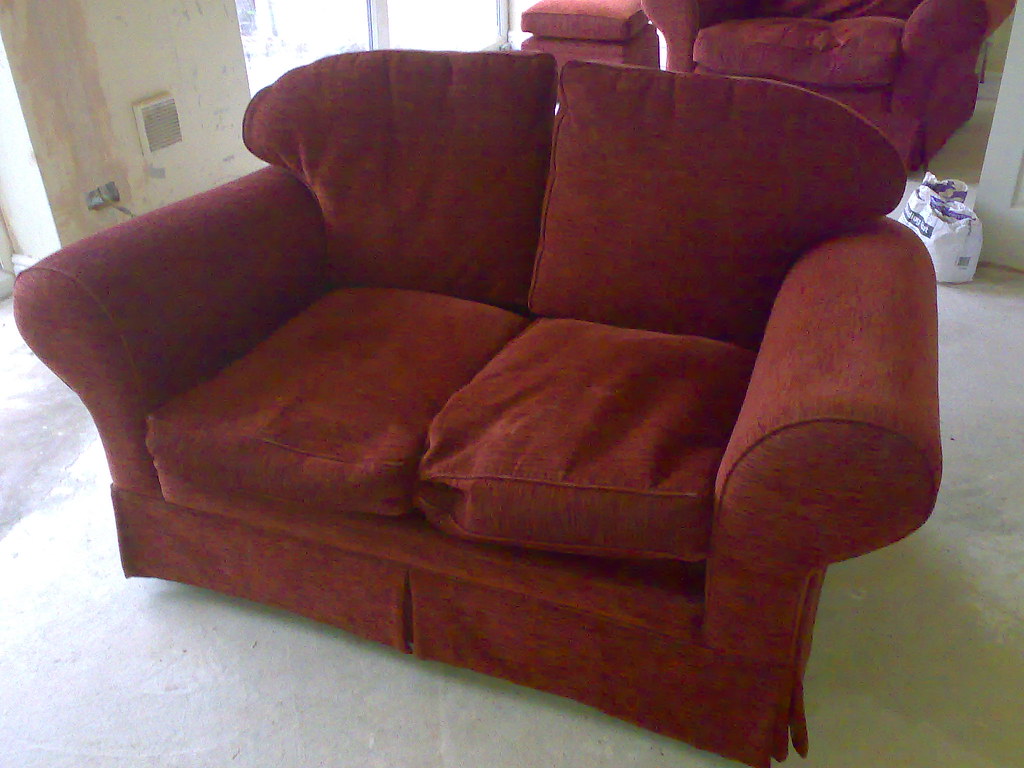
The construction of modern sofas creates numerous hidden spaces that insects use as transportation routes and nesting sites. The gaps between cushions, the space under the sofa, and the hollow areas within the frame all serve as protected highways for various species. These hidden spaces allow insects to move freely throughout the furniture without being detected by human occupants.
Carpenter ants, while not necessarily living in your sofa, often use these hidden spaces as part of their foraging trails. They can establish routes that lead from outdoor colonies to food sources within your home, using the sofa’s hidden spaces as protected pathways. Similarly, cockroaches utilize these same spaces for shelter and as staging areas for nighttime foraging expeditions.
The Science Behind Dust Mite Populations
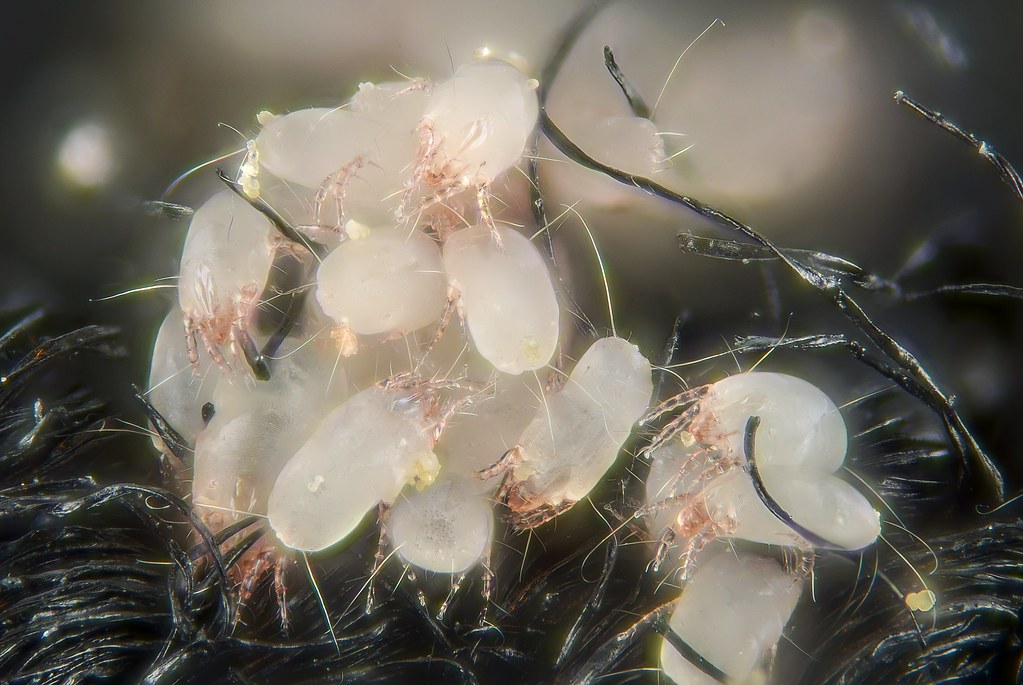
Dust mites represent perhaps the most significant insect population in your sofa, with their numbers reaching astronomical levels in optimal conditions. These microscopic creatures have a rapid reproductive cycle, with females laying up to 100 eggs during their lifetime. The warm, humid environment of your sofa provides ideal conditions for their population to explode exponentially.
Research has shown that a single gram of dust from a sofa can contain up to 1,000 live dust mites along with their eggs and waste products. When you consider that an average sofa might contain several pounds of dust and debris, the total mite population can reach into the millions. These creatures have evolved specifically to thrive in indoor environments, making them perfectly adapted to life in your furniture.
Chemical Attractants You’re Unknowingly Releasing
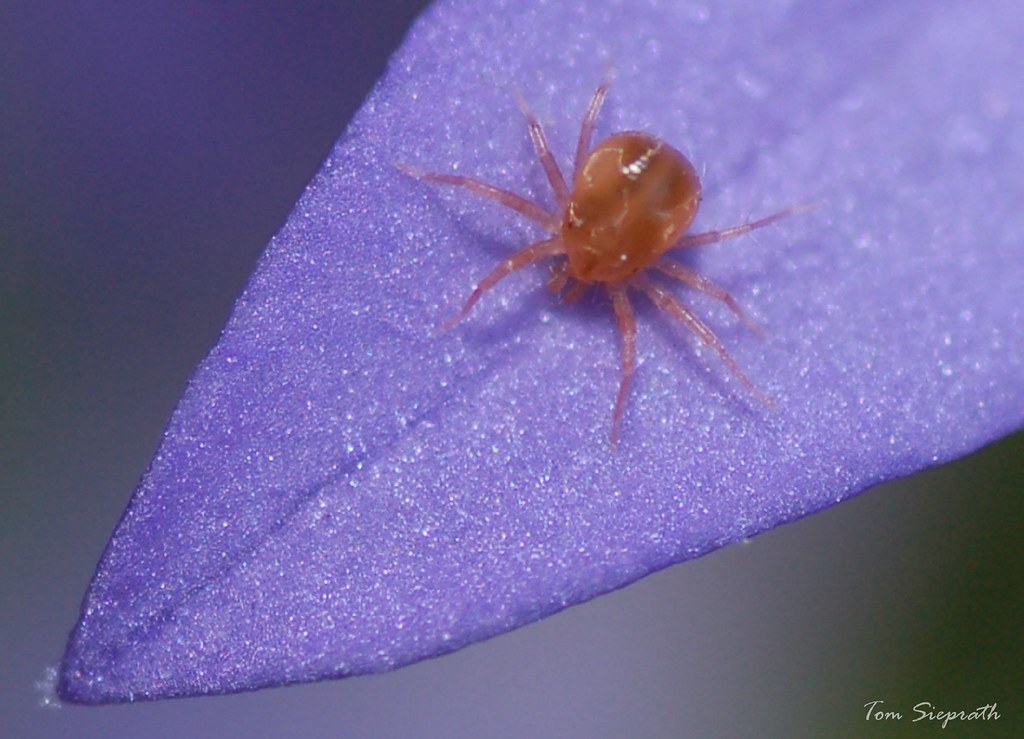
Your body constantly releases chemical signals that attract various insect species to your sofa. Carbon dioxide from your breath, lactic acid from your sweat, and various pheromones create a chemical cocktail that many insects find irresistible. These chemical attractants can linger in the fabric long after you’ve left the sofa, continuing to draw insects to the area.
Bed bugs, while more commonly associated with mattresses, can also be attracted to sofas through these chemical signals. They’re particularly drawn to the carbon dioxide and warmth that humans produce, making frequently used sofas potential alternative habitats. The chemical trails left by human occupants can persist in fabric for extended periods, serving as long-term attractants for these and other parasitic insects.
How Lighting Affects Insect Behavior Around Your Sofa
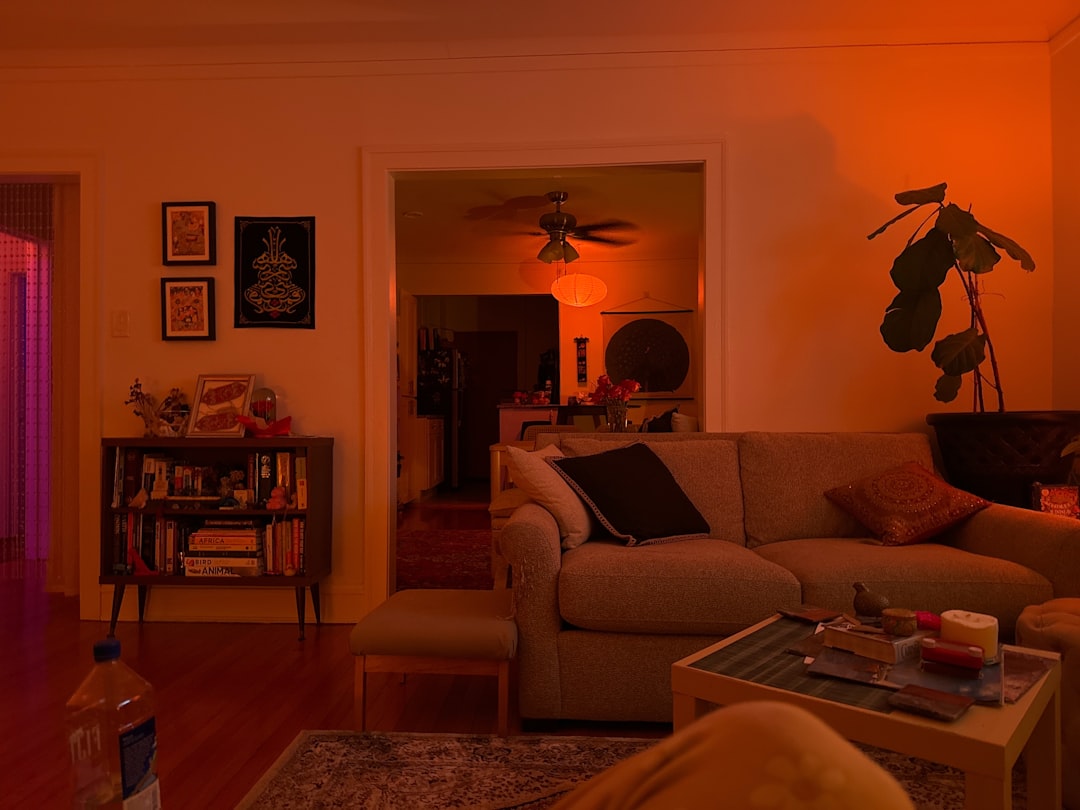
The lighting in your living room significantly influences which insects are attracted to your sofa area. Many insects are either drawn to light sources or prefer dark environments, and the positioning of your sofa relative to windows and artificial lighting can affect insect populations. Evening lighting, in particular, can attract various flying insects that might then seek shelter in your sofa during daylight hours.
Carpet beetles are often attracted to light sources and may initially be drawn to windows near your sofa before discovering the rich food sources within the furniture itself. Conversely, many insects prefer the darker crevices and hidden spaces within sofas, using them as daytime hiding spots before emerging at night to feed. The interplay between light and shadow around your sofa creates different microenvironments that appeal to various species.
The Impact of Air Circulation on Bug Populations
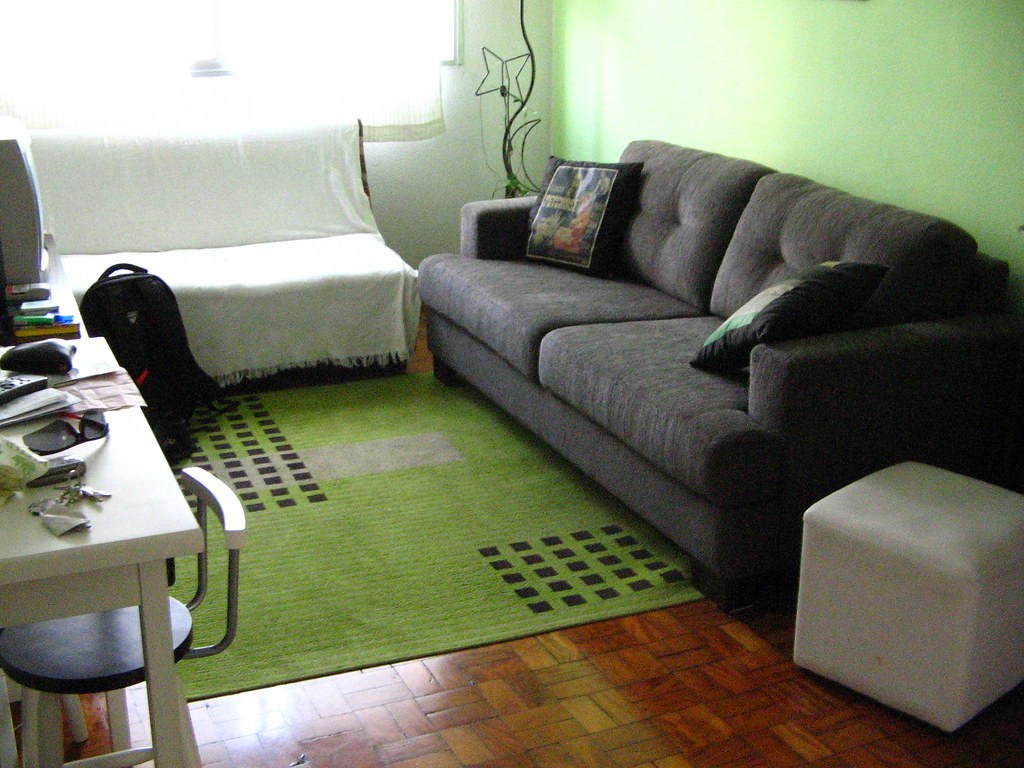
Air circulation patterns around your sofa play a crucial role in determining which insects will thrive in the area. Stagnant air allows humidity to build up and chemical attractants to concentrate, creating ideal conditions for many insect species. Poor ventilation can lead to the accumulation of carbon dioxide and other gases that attract specific types of insects.
Fungus gnats, for instance, are often attracted to areas with poor air circulation where mold and mildew can develop. These tiny flying insects might initially be drawn to potted plants near your sofa but can quickly discover the rich organic matter within the furniture itself. Improved air circulation can help reduce these populations, but many insects have adapted to thrive even in well-ventilated environments.
Conclusion
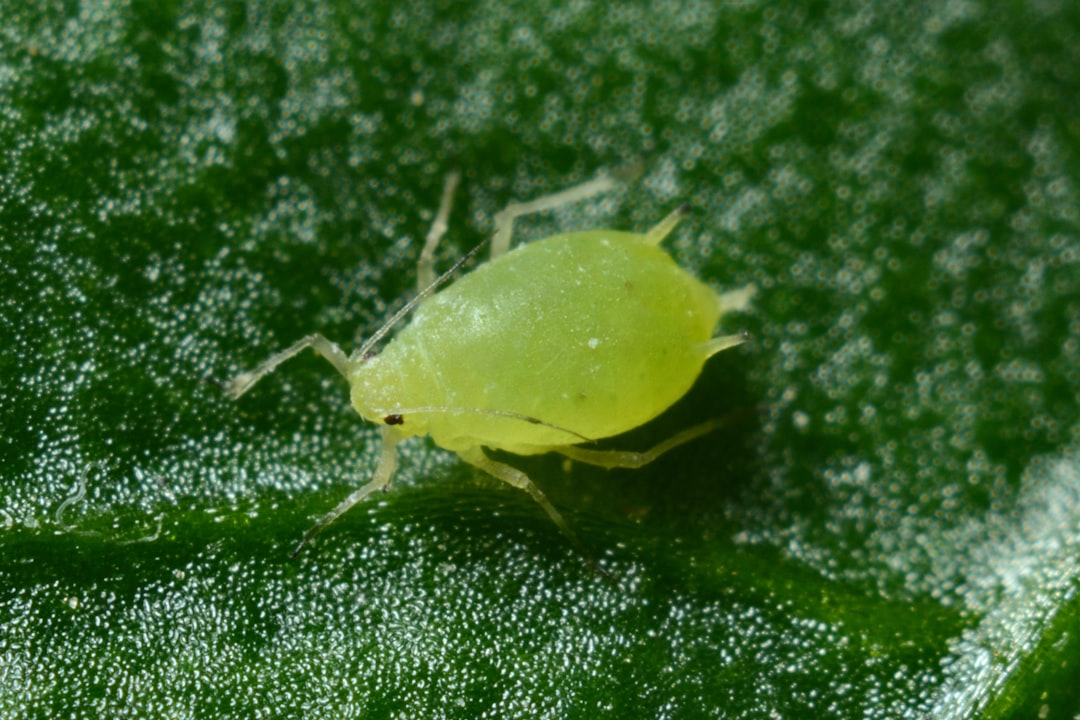
Your sofa serves as more than just a piece of furniture – it’s an unintentional ecosystem that provides food, shelter, and ideal breeding conditions for countless microscopic and visible creatures. From the millions of dust mites feeding on your shed skin cells to the carpet beetles munching on natural fibers, your comfortable seating arrangement has become a thriving habitat for species that have evolved specifically to live alongside humans. The combination of consistent temperature, adequate moisture, abundant food sources, and protected hiding spaces makes your sofa an irresistible destination for a diverse array of insects and arthropods.
Understanding these hidden populations doesn’t mean you need to fear your furniture, but rather appreciate the complex ecosystem that exists within your living space. Regular cleaning, proper maintenance, and awareness of the factors that attract these creatures can help you manage their populations while still enjoying the comfort of your favorite seating spot. The next time you settle into your sofa for a relaxing evening, remember that you’re not alone – you’re simply the largest resident in a bustling microscopic metropolis.
